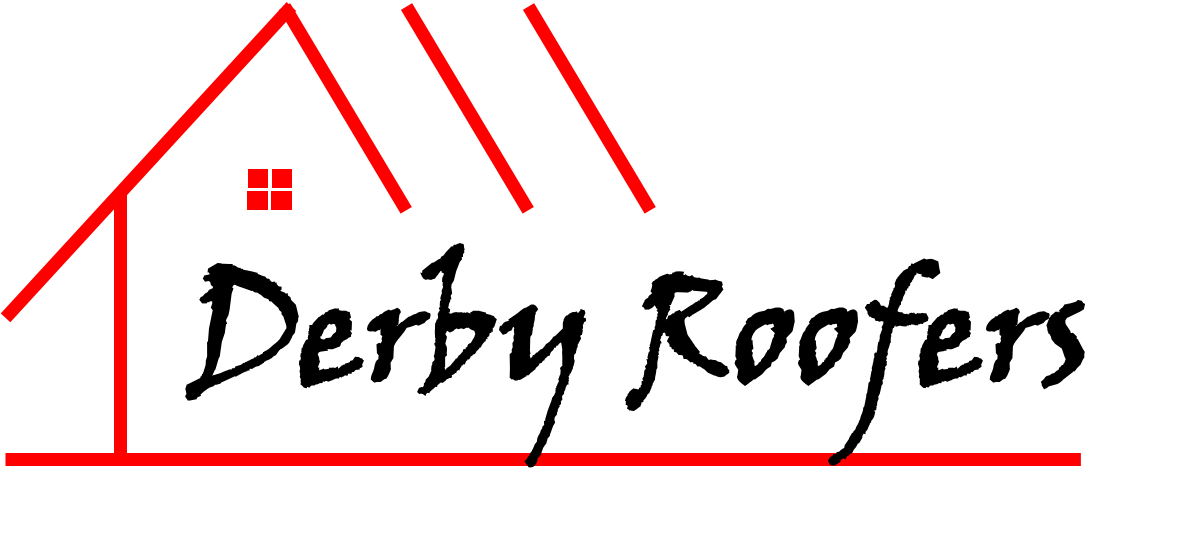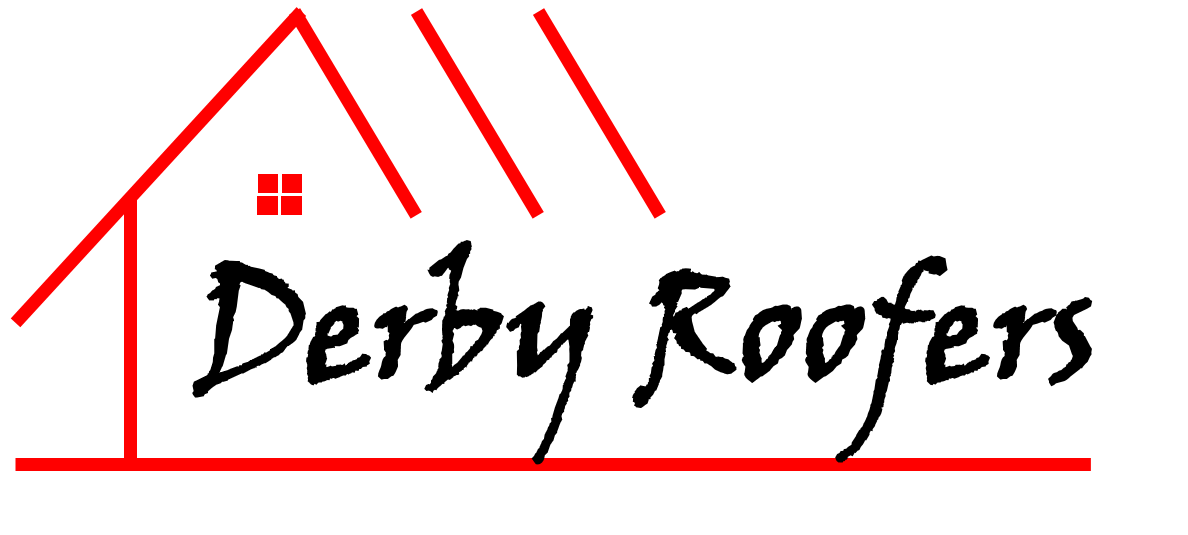EPDM Roofing Derby
01332-529704
By the trusted commercial roofing contractors
EPDM roofing refers to a roofing system made of a rubber membrane and typically lasts about 20 years. It was invented by DuPont in the 1950s and is made from a synthetic rubber called "EPDM" that was invented by DuPont in the late 1940s. EPDM roofing membrane has been used for roofs of public buildings, large industrial plants, airports and stadiums as it can withstand harsh weather conditions. This type of roof has many benefits but also some limitations.
An EPDM roof is a type of rubber roof that's made with Ethylene Propylene Diene Monomer. This material doesn't need to be replaced as often and can withstand extreme weather conditions like snow or hail easily! What problems occur in this type of roof? When it does get damaged, the best way to repair it would be to use an adhesive tape which will stop water from seeping through.
The EPDM roof is made up of a rubber and plastic material that's stretched across the substrate. This type of roofing typically requires minimal maintenance, with only occasional spot repair needed in areas where there has been damage to the surface or tears develop over time. EPDM roofs are great because they're durable and long-lasting - if you have damage on your EPDM roof all you really need to do is remove any debris that could be restricting water flow from evaporating or being absorbed into the surface (which will lead to more problems for future residents).
This type of roof is considered a foam rubber product which means it's not as durable or resistant to environmental factors such as sun damage from UV rays. The material will need repairs if there are any pealing spots that have become porous or brittle due to the sun.
The material is made of polymers which are sensitive to extreme heat and cold - if you're in an area where the temperature fluctuates a lot, it's important to make sure that your roof can withstand these changes as well so repairs will be needed periodically. EPDM roofs are most commonly found on commercial buildings since they need to be resistant to temperature changes. EPDM roofs have a mineral surface, which makes it more resistant to scratches than cedar shingle roofs. They also provide better insulation since they are made of rubber instead of asphalt or tar paper. EPDM roofs maintain their flexibility over time because its cured at the factory and is much thinner than other types of roofing materials that need to stretch as they cure over time on site, reducing wear-and-tear and maintenance costs for homeowners.
EPDM roofing is easy to install and can be installed by non-professionals as well, this type of roof doesn't need any support structures at all because it offers fantastic wind resistance. The installation process of EPDM roofs takes less time than other types which makes them a lucrative option for contractors in commercial buildings where the speed of execution matters. EPDM roofs are installed through what's called "ballooning" method. This roof type is a cost-effective, durable membrane that can last up to 50 years or more when properly installed by experts. EPDM is manufactured from recycled materials like natural rubber.
Advantages of EPDM roofing include that they are almost impossible to puncture/damage from hail storms due to thickness and durability (unlike fiberglass). But the limitations include costly upfront cost (more expensive than asphalt shingle or metal roofing systems) that may detract from home value if you plan on selling in future; long term maintenance costs are higher than other types. Also, some people find black color aesthetically unpleasing and difficult to maintain: if left exposed without protection from sunlight, this type tends to fade after about ten years unless protected with special coating products such as paint etcetera.
What problems occur and how are they repaired?
In summary, the problems that can occur in EPDM roof include
- roof leaks
- holes that develop in the roofing material as a result of hail damage or from other sources.
The rubber membrane can be replaced due to age and wear with new materials so long as there is enough coverage for water to flow off this type of shingle roof instead of seeping inside into the home's interior .
When EPDM roof is damaged, repair options include:
- Sealing up the leak by applying more roofing material over it and securing with nails or screws.
- Replacing just a section of damaged EPDM shingle underlayment materials, as long as there is enough coverage for water to flow off this type of shingle roof instead of seeping inside into the home's interior .


